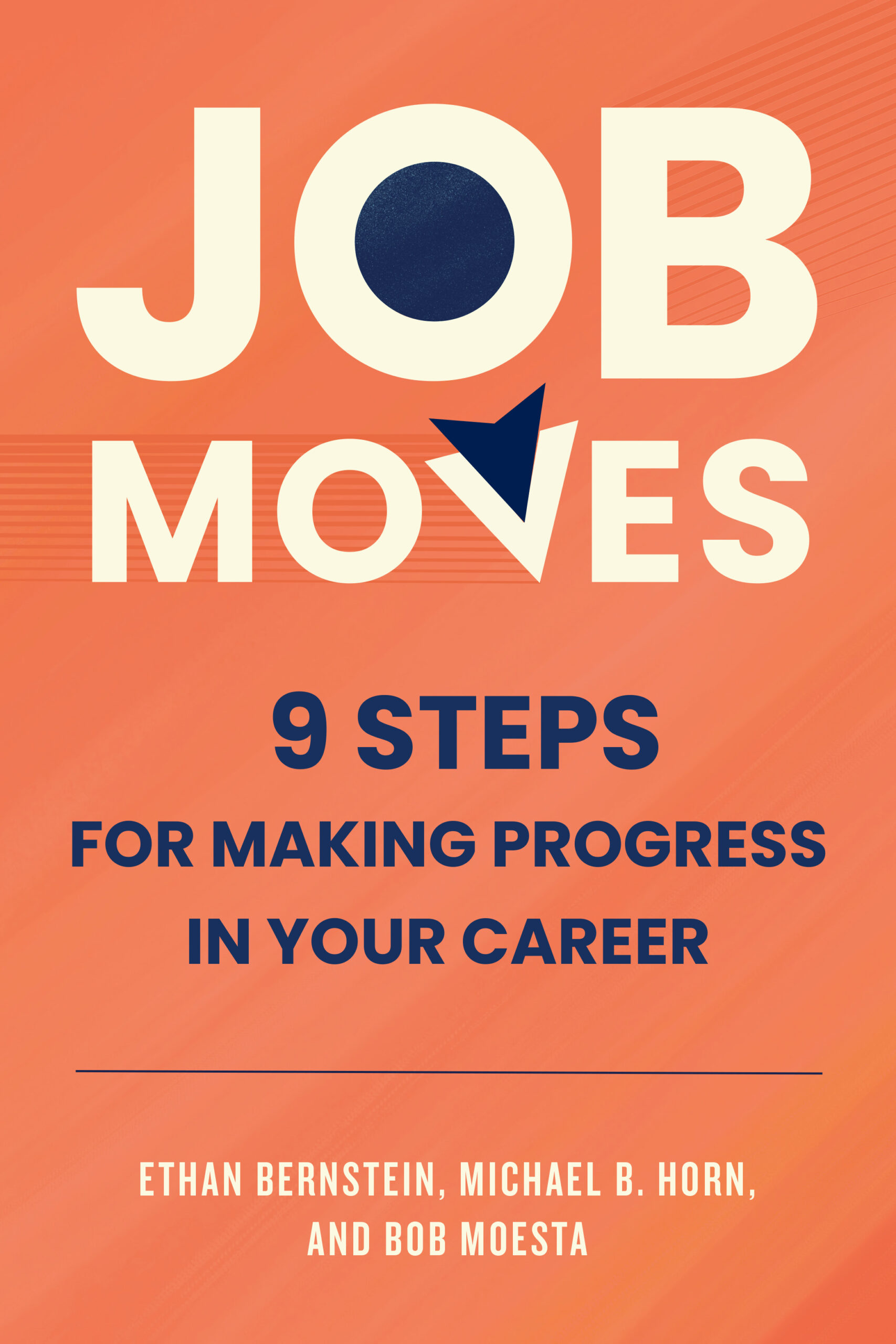Now Trending: Personalized Learning. Can a buzzword deliver on its promise?
Can a buzzword deliver on its promise?
“Personalized learning” is a reliable buzzword in education circles, and right now, its star is rising. Leading foundations, school networks, and nonprofits are putting it front and center in their efforts, and innovation-minded officials in states like Rhode Island are actively promoting it as a strategy for improving student success.
But what, exactly, does “personalized learning” mean? Is personalizing a student’s learning experience always a good thing? And is personalized learning its own worthy goal, or merely one means to achieve a more important end?
No standard definition
Definitions and frameworks vary widely among prominent players in the personalized learning arena, from the Institute for Personalized Learning to the International Association for K–12 Online Learning, and from the National Education Technology Plan to LEAP Innovations. Some definitions emphasize students having a voice and choice in what they learn, along with customizing how, when, and where they learn it. Other frameworks focus on self-paced learning methods, powered by technology. Still others prescribe that personalized learning must include elements such as competency-based learning or learner profiles.
That lack of clarity is amplified by the schools that tout themselves as models of personalized learning. Some schools that until recently said they did project-based learning have simply renamed their approach “personalized learning” to ride the trend. Others that were focused on blended learning (which often looks quite different from project-based learning programs, even as it may incorporate projects) now say that while they formerly did blended learning, they now do personalized learning—an absurd statement, given that blended learning is simply a tool to support personalization at scale.
I believe this wide variation points to the folly in trying to strictly define “personalized learning.” The term is not so much a noun as a verb, not a destination or state of affairs but an active method of educating. In talking about personalized learning, we should specify whether learning is being personalized according to pace, content, style, ability, background knowledge, location, or some other dimension. Then we can understand, with some clarity, how educators are doing personalization, to what degree, and to produce which outcome.

0 comments